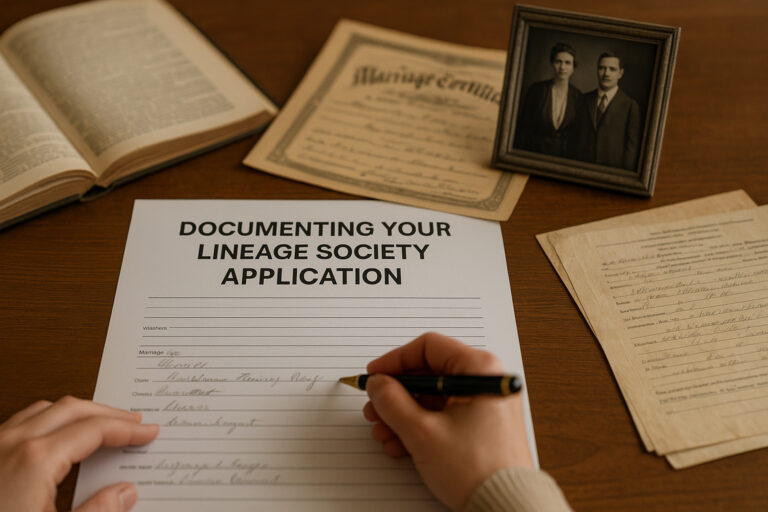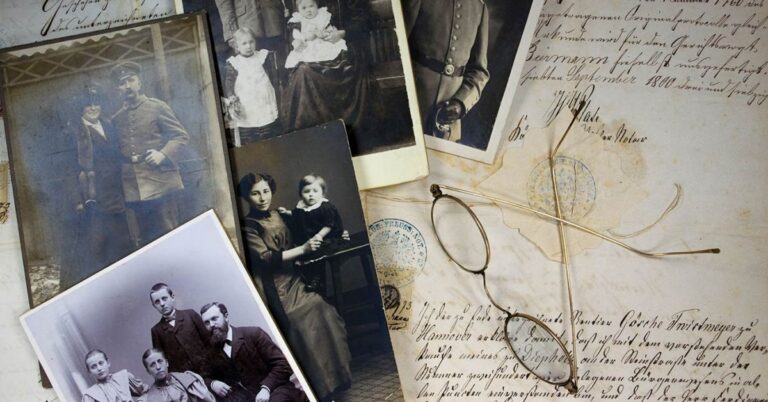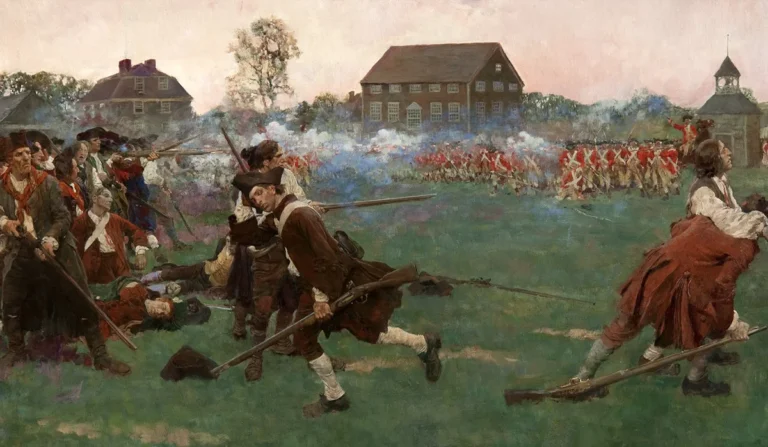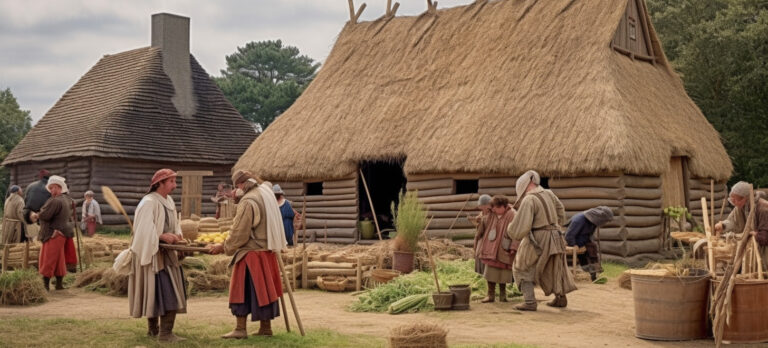Genealogy Pointers

June 9, 2025
Three Stumbling Blocks in Every Research Project: Objectivity, Presentism & Truth – By Elizabeth Shown Mills, CG, CGL, FASG
Read more

May 12, 2025
Our Research Conclusions: Are they Hypotheses? Theories? Or Proof? – By Elizabeth Shown Mills, CG, CG, FASG
Read more

March 24, 2025
Map Guide to the Federal Censuses—Still the Best Source for Boundary Changes
Read more









